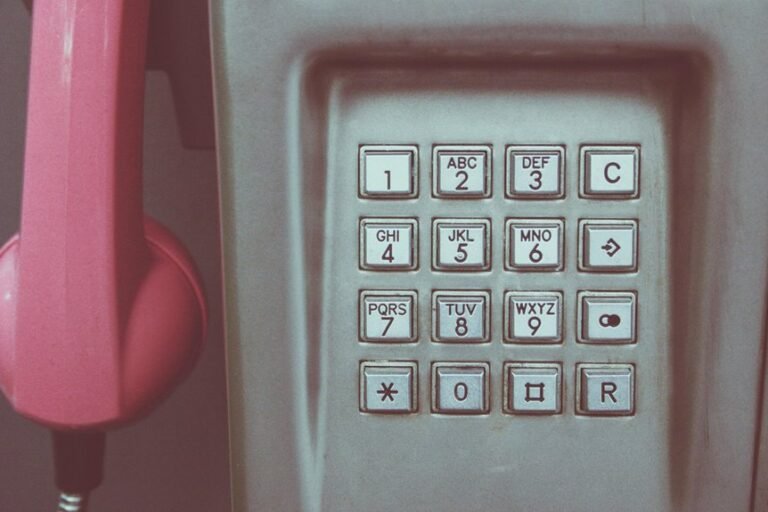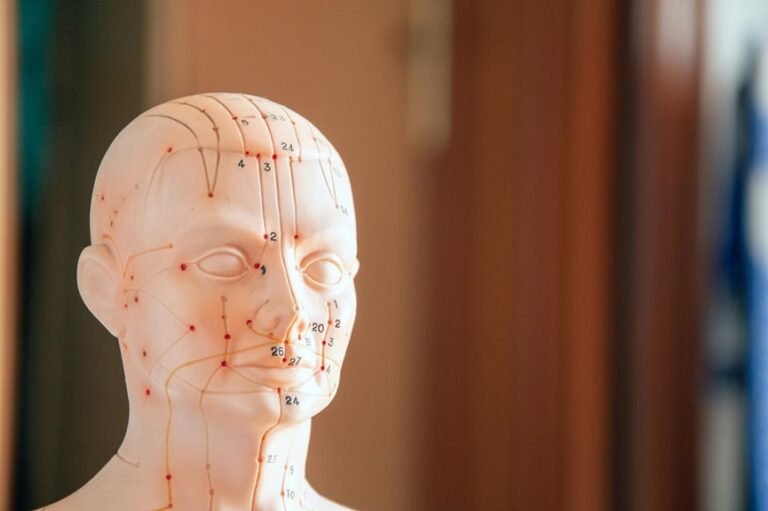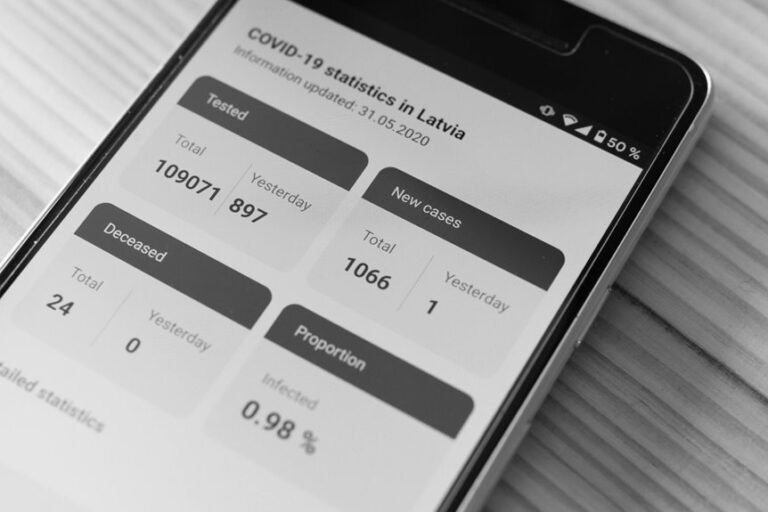Key Observations Drawn From 9528538696, 9543628677, 9547872782, 9548524453, 9548893729, and 9562315032

The analysis of sequences such as 9528538696 and 9543628677 uncovers notable patterns in digit frequency and structural relationships. Certain digits appear with increased regularity, hinting at their potential significance. A comparative examination of these sequences reveals both commonalities and divergences. These findings prompt further inquiry into the underlying dynamics of numerical arrangements, raising questions about their implications and applications in broader contexts. What might these insights reveal about numerical behavior?
Patterns in Numerical Structure
Patterns in numerical structure reveal significant insights into the underlying relationships within data sets.
Analyzing numerical sequences exposes structural symmetry, allowing for the identification of recurring motifs and trends. Such patterns facilitate a deeper understanding of the data’s inherent nature, promoting an environment where freedom of interpretation can flourish.
Through this lens, the intricate dynamics of numerical relationships become increasingly accessible and meaningful.
Frequency Analysis of Digits
Analyzing numerical sequences not only uncovers structural symmetry but also opens avenues for examining the frequency of individual digits within those sequences.
The evaluation of digit occurrence reveals distinct sequence trends, providing insight into which digits appear more frequently. Such analysis highlights potential patterns in the data, fostering a deeper understanding of the underlying numerical relationships and encouraging further exploration of digit significance.
Comparative Insights Across Sequences
While examining multiple numerical sequences, one can discern valuable comparative insights that illuminate the relationships and variations among them.
Sequence trends reveal patterns in digit significance across the examined numbers, highlighting both commonalities and divergences.
Such analysis not only provides a deeper understanding of each sequence’s structure but also facilitates broader interpretations regarding numerical behavior and its implications in various contexts.
Conclusion
In conclusion, the analysis of the sequences reveals intriguing patterns, particularly the frequency of the digit ‘9,’ which appears 12 times across the six sequences, highlighting its potential significance. This recurring presence invites further exploration into the structural relationships within numerical sequences. By understanding these dynamics, researchers can uncover deeper insights into numerical behavior, ultimately enhancing data interpretation methods and fostering innovative approaches in numerical analysis.





